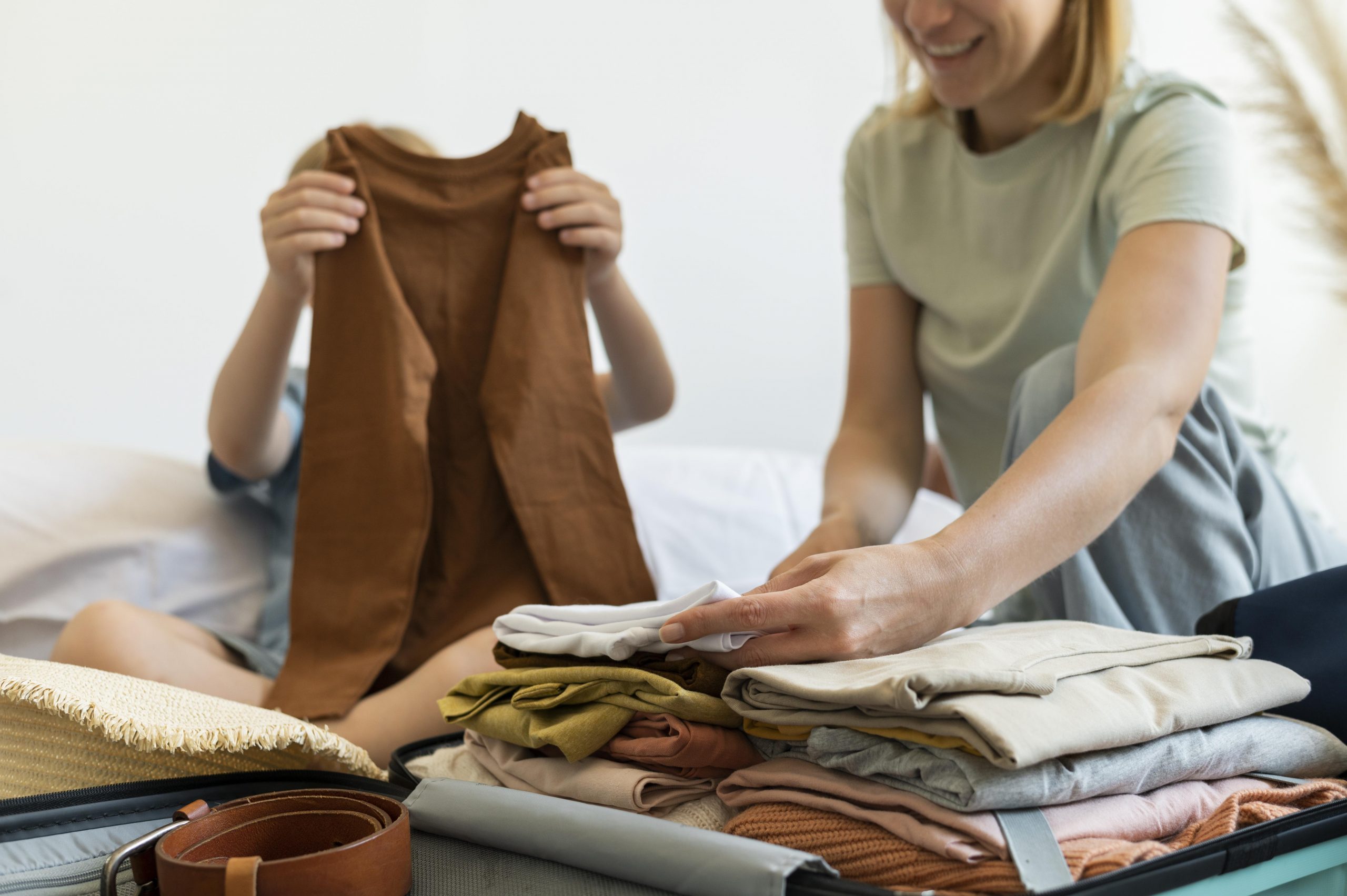Mixing and matching patterns can elevate your outfits and add a creative touch to your wardrobe. However, it can also feel intimidating if you’re unsure of how to combine different prints without looking too busy. The key is balance, proportion, and a little bit of experimentation. Here’s a guide on how to mix patterns like a fashion expert.
1. Start with a Neutral Base
When mixing patterns, it’s important to have a solid foundation that ties everything together. Start with neutral pieces like solid-colored tops or bottoms. These items will act as the canvas and allow your patterns to stand out without overwhelming your outfit. For example, pair a striped shirt with a floral skirt or a polka-dot blouse with neutral trousers.
2. Choose Patterns with a Common Color Palette
One of the easiest ways to mix patterns successfully is to choose patterns that share a similar color palette. Whether it’s black and white, pastels, or earth tones, using the same color family throughout your outfit creates harmony and ensures that the patterns complement each other rather than clash.
For example:
- A plaid scarf with a floral dress in shades of navy and cream.
- Stripes and polka dots in complementary colors like navy and white.
3. Mix Different Scales of Patterns
To avoid a chaotic look, mix patterns of varying scales. Pair a bold, large print with a smaller, more subtle one to create visual interest without overwhelming the eye. For instance, a large floral print can be paired with a fine polka dot, or a broad striped top can work well with a thin houndstooth print.
- Large patterns: Bold stripes, big florals, large checks.
- Small patterns: Tiny polka dots, small florals, narrow stripes.
The contrast in size will help each pattern stand out while still maintaining balance.
4. Combine Prints with Different Textures
Another way to mix patterns is by adding different textures to the equation. This adds depth and visual interest to your look. For example, pair a chunky knit sweater with a smooth floral print skirt, or mix leather with printed fabrics like tweed or denim. The different textures will allow the patterns to pop in a more sophisticated way.
5. Use Solid Accessories to Break Up Patterns
If you’re still feeling unsure about mixing patterns, accessories can help balance your outfit. Add solid-colored accessories like bags, scarves, shoes, or belts to create a focal point and give your outfit some structure. For example, a solid-colored handbag or shoes can ground your look, allowing the patterns to take center stage without becoming overwhelming.
6. Try Pattern Mixing with a Matching Theme
Sometimes, matching a pattern to a similar theme can make the mix feel more cohesive. For example, pairing florals with other floral patterns, or stripes with checks, can give you a well-thought-out look. Playing with prints within the same “pattern family” can make it easier to mix and match without clashing.
7. Experiment and Have Fun
At the end of the day, fashion is about having fun and expressing yourself. Don’t be afraid to experiment with different prints, textures, and styles. Play with mixing patterns, and see what works best for your personal style.
Start with small steps, and as you grow more confident, try bolder combinations. The more you practice, the easier it will become to master the art of pattern mixing.
Conclusion
Mixing and matching patterns is all about finding balance, proportion, and harmony between your pieces. By using neutral bases, experimenting with different scales, and sticking to a shared color palette, you can create stylish, interesting outfits that showcase your creativity. So go ahead, have fun, and mix those patterns like a pro!


